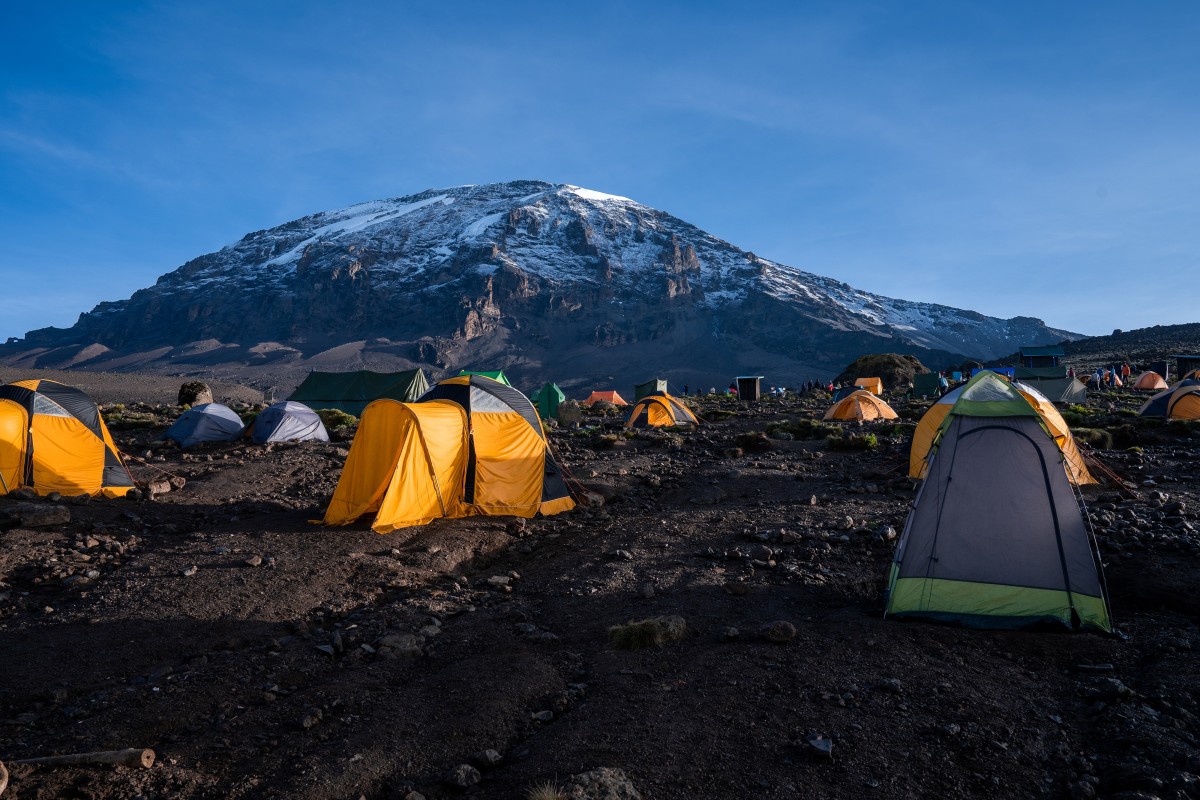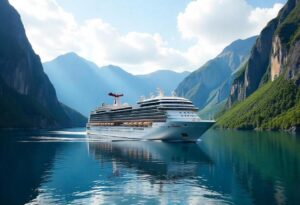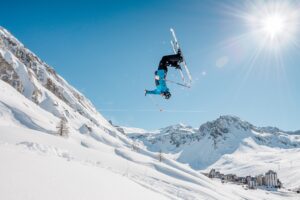Mount Kilimanjaro is one of the most iconic trekking destinations in the world. Standing at 5,895 meters (19,341 feet), it is the highest mountain in Africa and one of the most sought-after summit challenges for adventure travelers. Unlike other major peaks, climbing Kilimanjaro doesn’t require technical mountaineering skills, making it accessible to many hikers. However, that doesn’t mean it’s easy—proper preparation is essential if you want to reach the summit successfully.
From training and packing to altitude acclimatization and choosing the right route, this guide covers everything you need to know to prepare for a successful Kilimanjaro trek.
Understanding the Challenge: How Hard is it to Climb Kilimanjaro?
One of the most common questions people ask before attempting Kilimanjaro is: “How difficult is the hike?” The answer depends on several factors, including your fitness level, mental endurance, and how well your body handles altitude.
Here’s what makes Kilimanjaro a tough but rewarding challenge:
- High Altitude: The trek reaches almost 6,000 meters, and altitude sickness is a real risk. Proper acclimatization is key.
- Physical Endurance: The climb takes anywhere from 5 to 9 days, covering long distances and steep ascents.
- Cold Temperatures: The summit can be freezing, and wind chill can make it feel even colder.
- No Technical Climbing Skills Needed: Unlike Everest or other major peaks, you don’t need ropes, crampons, or ice axes—just strong legs and determination.
With the right preparation, mindset, and gear, the most reasonably fit hikers can reach the summit and experience the unforgettable sunrise over Africa.
Best Time to Climb Mount Kilimanjaro
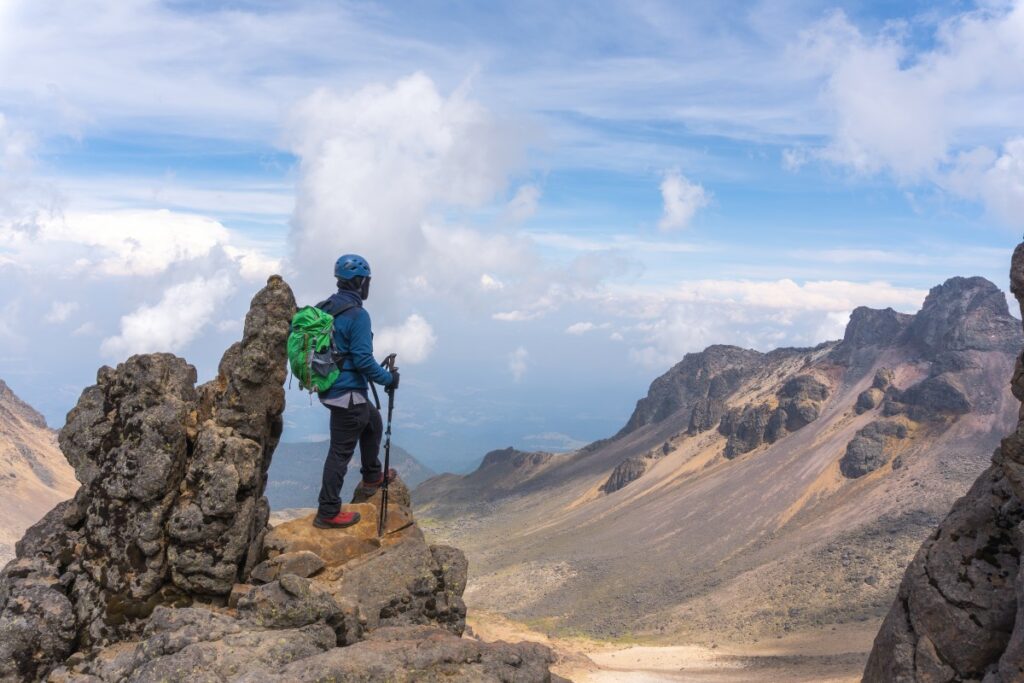
Choosing the right time to climb Kilimanjaro can greatly impact your experience. The mountain has two main climbing seasons, both offering the best weather and summit conditions:
- January to mid-March: Warmer temperatures and clear skies, but a bit more unpredictable in terms of rainfall.
- June to October: The driest season with stable weather, making it the most popular time to climb.
Months to Avoid
- April & May: These months bring heavy rainfall, making the trails muddy and more challenging.
- November: Also sees some rain, but it’s still possible to climb if you don’t mind wet conditions.
If you’re looking for fewer crowds, consider trekking in early March or late October when the weather is still good, but the trails are less busy.
Choosing the Right Route: Which Kilimanjaro Trek is Best?
There are several different routes up Kilimanjaro, each offering unique landscapes, difficulty levels, and acclimatization opportunities. Picking the right one is crucial to your success and overall experience.
| Route Name | Duration | Difficulty Level | Success Rate | Highlights |
| Marangu Route | 5-6 days | Moderate | Low (~50%) | Hut accommodations, shorter but less time to acclimatize |
| Machame Route | 6-7 days | Challenging | High (~85%) | Stunning scenery, good acclimatization, popular |
| Lemosho Route | 7-9 days | Moderate to Hard | High (~90%) | Gradual ascent, beautiful landscapes, fewer crowds |
| Rongai Route | 6-7 days | Moderate | Moderate (~70%) | Remote and less crowded, great for dry season |
| Northern Circuit | 8-9 days | Moderate | Very High (~95%) | Longest but best acclimatization, most scenic |
For first-time climbers, the Machame or Lemosho routes are excellent choices due to their high success rates and gradual acclimatization. If you’re looking for less crowded paths, consider the Rongai or Northern Circuit.
How to Train for Climbing Kilimanjaro
Even though Kilimanjaro isn’t a technical climb, you need to be in good physical condition to handle long trekking days, steep ascents, and high altitudes. Training should focus on cardiovascular endurance, strength, and stamina.
1. Cardiovascular Training
Since Kilimanjaro requires long hours of hiking at high altitudes, improving your lung capacity and endurance is crucial.
- Go on long hikes with elevation gain at least once a week.
- Run, cycle, or swim to boost cardiovascular fitness.
- Stair climbing or incline treadmill workouts will prepare your legs for the uphill terrain.
2. Strength Training
Strong legs, core, and shoulders will help reduce fatigue and improve your stamina.
- Leg workouts: Squats, lunges, step-ups, and calf raises.
- Core exercises: Planks, Russian twists, and leg raises for stability.
- Upper body: Light strength training for carrying a daypack comfortably.
3. Hiking with a Loaded Backpack
Since you’ll be carrying a daypack (5-10kg) every day, practice hiking with weight to simulate real trekking conditions.
- Start with shorter hikes carrying 5kg and gradually increase.
- If you don’t have hills nearby, train on a treadmill with an incline.
4. Altitude Training (if possible)
If you live near mountains or high-altitude locations, try to do practice hikes to get used to lower oxygen levels. If not, a high-altitude training mask can help improve lung efficiency.
Packing List: Essential Gear for Kilimanjaro
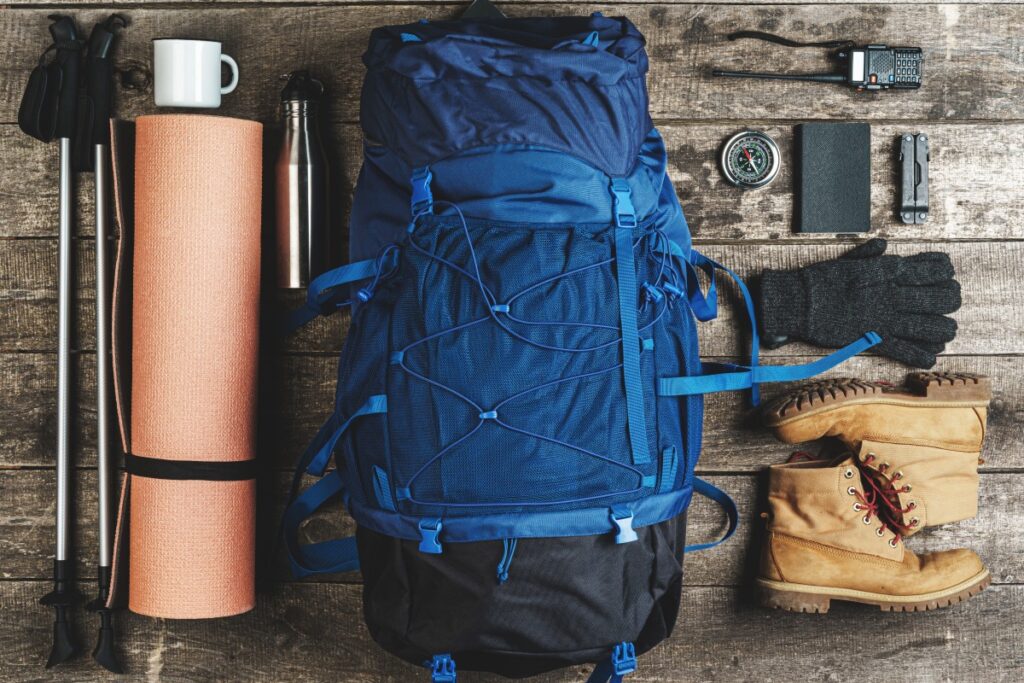
Packing the right gear can make or break your Kilimanjaro experience. You’ll experience everything from hot, humid conditions at the base to freezing temperatures at the summit, so layering is key.
Clothing Essentials
✔ Base Layers: Moisture-wicking thermal tops and leggings.
✔ Mid Layers: Fleece or insulated jacket for warmth.
✔ Outer Layer: Waterproof, windproof jacket and pants.
✔ Trekking Pants & Shirts: Quick-drying materials.
✔ Gloves & Hat: Insulated gloves and a warm beanie.
Footwear & Gear
✔ Hiking Boots: Well-worn, waterproof boots with ankle support.
✔ Gaiters: Protect your boots from dust, mud, and snow.
✔ Trekking Poles: Help with balance and reduce knee strain.
✔ Sleeping Bag: Rated for -10°C to -20°C.
✔ Daypack & Duffel Bag: You carry a small daypack, and porters carry your main duffel.
Accessories & Miscellaneous
✔ Sunglasses & Sunscreen: Essential for UV protection.
✔ Headlamp & Extra Batteries: Needed for early morning summit hikes.
✔ Water Bottles & Purification Tablets: Staying hydrated is critical.
✔ Snacks: Energy bars, nuts, and dried fruit for extra fuel.
Final Tips for a Successful Kilimanjaro Trek
✔ Go Slow: The biggest mistake climbers make is rushing. The key phrase on Kilimanjaro is “pole pole” (Swahili for slowly, slowly).
✔ Drink Plenty of Water: Staying hydrated reduces the risk of altitude sickness.
✔ Listen to Your Body: Altitude sickness can affect anyone. If you experience headaches, nausea, or dizziness, tell your guide immediately.
✔ Get Proper Travel Insurance: Ensure your policy covers high-altitude trekking.
Conclusion: Are You Ready to Conquer Kilimanjaro?
Climbing Mount Kilimanjaro is a life-changing experience—but preparation is everything. With the right training, gear, and mental determination, you can stand on Africa’s highest peak and watch the sunrise over the vast plains below.
Now, it’s time to start training, pack your bags, and take on the challenge of a lifetime. Are you ready to climb Kilimanjaro?

